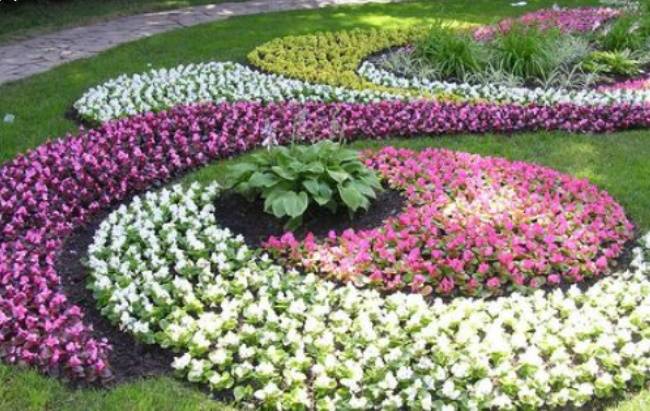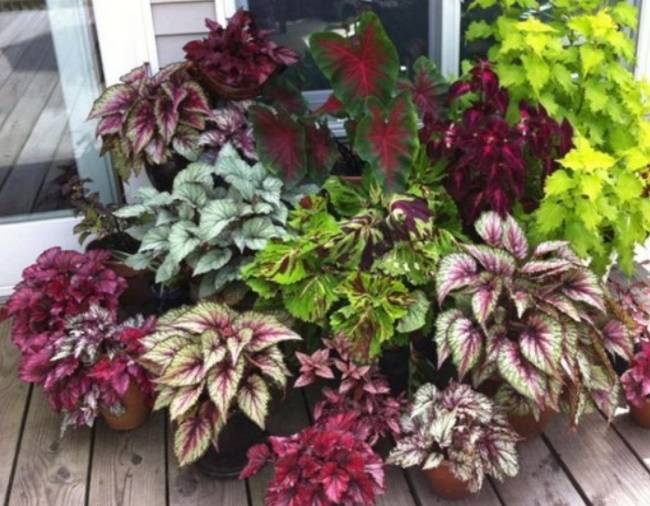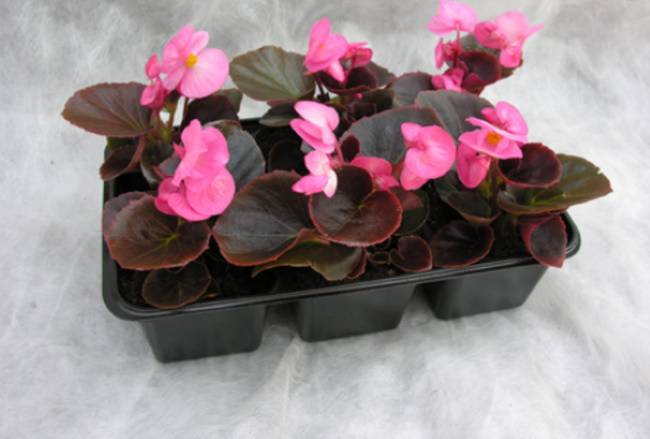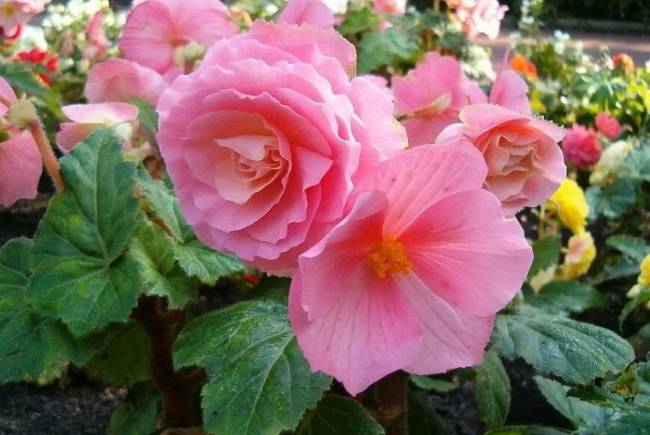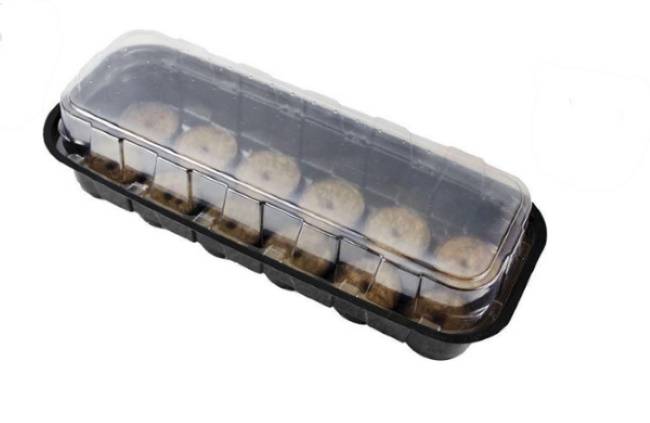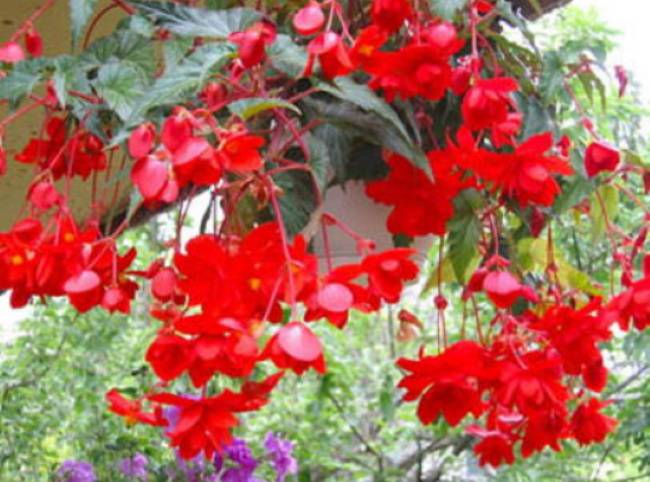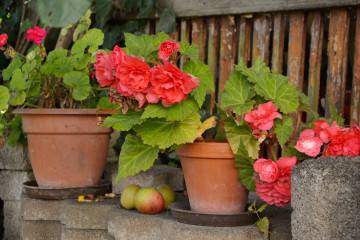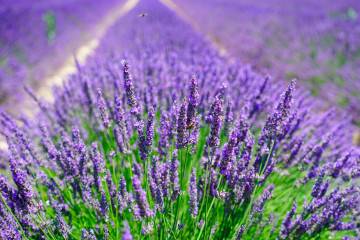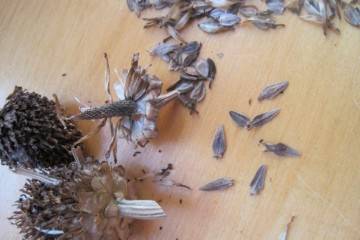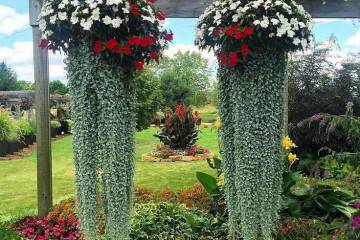Begonia from seeds at home - sowing and growing
Content:
Begonias are rightfully considered the most popular ornamental plants. They are used to decorate office halls, balconies and windows of residential buildings, city landscapes. These flowers, numbering about 2000 varieties, do not lose their unusual bewitching beauty either in the open or in protected ground.
Begonia variety selection
Most species of begonias (scientifically called Begonia) bloom throughout the warm season; in favorable conditions, their flowering can be indefinite. Plants are native to tropical regions of America, Africa and Asia. The inflorescences have different shapes and can resemble the flowers of peonies, roses, camellias. All types of begonias have juicy, fleshy stems with asymmetric leaves, as well as unisexual smooth, double or semi-double flowers located in the leaf axils.
In the Russian-speaking segment of floristry, begonias are subdivided into ever-flowering, tuberous, shrub and decorative deciduous. All Begonia varieties are capable of flowering and fruiting. Begonia seeds are barely distinguishable and very difficult to sow. Only due to the fact that the seeds are collected in fruit pods, they can be collected without loss. But beautiful plants are so popular that, albeit with difficulty, growing begonia from seeds at home is the dream of any grower.
According to the shape of the above-ground stems, Begonia is divided into the following types:
- ampelous - with creeping stems;
- scrub-like - low branched shrubs;
- erect bushes;
- caudex bushes with a thickened bottom of the stems (from Lat. caudex stump, bottle).
By the nature of the root system, plants are classified as follows: with tuberous, creeping and fibrous roots.
Sowing dates of begonia
The time of seedling emergence, the period of flowering, decorativeness and generative characteristics of plants depend on the timing of sowing. In order for begonia grown from seeds in the open field to bloom in May-June, its seeds are planted in January-February. In this case, begonia, the seedlings of which will already have well-developed roots by summer, will look like a bush of the optimal size for the variety.
Depending on the needs, goals, circumstances, it is permissible to end the cultivation of ever-flowering begonias from seeds at home in March. The development of roots in tuberous varieties is much slower than in other types of begonias. In order for the roots of these flowers to gain the necessary mass and allow the plant to look like a healthy strong bush by autumn, tuberous begonia from seeds begins to grow no later than the beginning of February.
When a flower sprout appears
If the seed boxes with flower seeds have been placed in a favorable environment, the first seedlings will sprout 2 weeks after sowing. Sprouts may appear earlier and later 5-7 days. It depends on the temperature and humidity of the air, characteristics of the soil in mini-greenhouses.
If the seeds hatch very quickly and early shoots appear, then their growth will not be active. It will take additional time for young plants to adapt to the new environment.
Selecting a container for sowing
A feature of growing begonia seedlings from seeds is the need for double picking of seedlings. Therefore, the volume and size of the first container for growing seedlings will depend on the number of seeds planned for sowing.
Containers, boxes or flower pots may be small in height. Drainage holes must be made in them. Before the soil is placed in the flowerpots, they are disinfected. Planting containers can be plastic, ceramic or wood.
The first pick is also carried out in common containers, while keeping between seedlings with 2-3 leaves, a distance of 3 cm.The second pick is carried out 30 days later with the transfer of seedlings into larger pots, planting shoots with a distance of 6 cm between them.
Soil preparation
For sowing begonia seeds, a loose soil substrate with acidity in the range of pH 5.0-6.0 is suitable. The soil prepared by yourself must be sterile. The soil temperature at the time of sowing should not exceed 23-25 ° C. Begonia seedlings are born very weak, therefore, before sowing, the soil is sieved, large inclusions are removed, and fried in the oven or microwave. Perlite, vermiculite, coconut fiber will add looseness to the soil.
The composition of the soil mixture can include 2 parts of leaf land and 1 part of peat and sifted river sand. The development of the root system and the rate of formation of ground parts will depend on the nutritional value of the soil. Tuberous begonia from seeds requires special conditions, planting and caring for the seedlings of this flower will be simplified if you purchase a ready-made soil mixture for decorative deciduous plants.
Sowing seeds
Begonia seeds germinate in the light. Therefore, the correct sowing of seeds does not provide for sprinkling them with soil. The soil is compacted and well moistened 48 hours before sowing. Seeds are scattered either randomly or adhering to landmarks. For orderly sowing, shallow furrows are made, the bottom of which is once again compacted. The seeds can be planted with the wet end of a needle or toothpick 1 cm apart.
Sowing in peat tablets
A few hours before sowing, the tablets are placed in a transparent plastic container with a lid (mini-greenhouse), water is poured onto the bottom with the addition of the rooting agent. Apply drugs "Zircon", "Kornevin", "Epin". After the tablets are swollen, the seeds are laid out one by one on their surface.
The containers are closed and placed in a bright, warm place so that they are slightly tilted. In this case, the condensate accumulating on the inner surface of the lid will be able to roll in one direction. Drops of water will not fall on the seeds uncontrollably and drag them into the peat tablet.
What affects germination
In order for most of the planting material to germinate, a number of conditions must be taken into account:
- Only seeds with living embryos can germinate, therefore, when purchasing them, they pay attention to the restrictive dates indicated on the package label.
- Comfortable moisture and air permeability of the soil allows the embryos to breathe, absorb oxygen and develop.
- A favorable temperature - increased at the initial stage and reduced after the emergence of seedlings - prevents the seeds from freezing or the seedlings to stretch out.
- Lighting for mini-greenhouses should be sufficient, but no frills. Without light, the seeds will not germinate, but direct sunlight on weak shoots can lead to their death.
If the seeds did not germinate, it is likely that one or more of these conditions were not met.
What to do if begonia seeds don't germinate
Based on the factors affecting the germination of seeds, it is necessary:
- make sure that "live" seeds were sown - for this, look at the dates on the package;
- add light and heat - place planting containers under phytolamps;
- check the moisture content of the soil - on dry soil the seeds will dry out, in waterlogged soil they will rot.
Transfer to a permanent place
Outdoor cultivation is only possible when favorable weather conditions occur. By the time of transplantation, the plants can already bloom. Therefore, they carry out careful transshipment of seedlings, trying not to damage the root system of the bush. Planting holes are preliminarily prepared, into which complex mineral fertilizers are applied for flowering ornamental plants.
Basic rules for watering
Watering not yet germinated seeds and newly emerging seedlings is carried out with great care. They use fine atomization devices, control the temperature and quality of the water. With a strong drying of the earthen coma, abundant watering of the soil is carried out along the borders of the planting container, trying not to get on the leaves of the plants.
For seedlings with more than 2-3 true leaves, settled water at room temperature is also used. When the soil dries up, adult plants are watered to a depth of 1.5 cm. The frequency of summer watering is regulated depending on the air temperature. If it is necessary to humidify the air, reservoirs with water are placed next to the plants.
Not every novice florist decides to grow begonias from seeds. But if the result is positive, and the desired flowers decorate the house, then a repetition of the experiment will be inevitable. No wonder begonia is called the royal flower.
